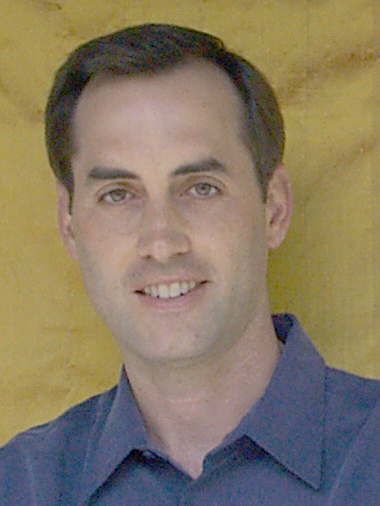Using Computers to Change What People Think and Do: Insights into Captology
 B.J. Fogg, Stanford CSLI
B.J. Fogg, Stanford CSLI
bjfogg@stanford.edu
Seminar on People, Computers, and
Design
Stanford University February 14, 2003
The U.S. Army and Amazon.com are both using interactive technology to change people's beliefs and behaviors. They are not alone. With each passing month, more organizations are using the power of computing to influence what people think and do. Whether we like it or not, machines are becoming increasingly adept at influencing humans.
One goal in captology is creating insight into how computing products, from websites to mobile phone software, can be designed to change attitudes and behaviors. By understanding captology we can harness this power for pro-social outcomes, such as promoting health, education, empathy, and civic involvement. However, because persuasive technology can be used for undesirable ends, an understanding of captology can also help us protect ourselves and our children from unwanted computer-based influence.
In this talk I will explain key concepts in captology, demonstrate examples of persuasive technology products, and outline some principles that give interactive experiences the ability to motivate and persuade.
B.J. Fogg directs research and design at the Stanford Persuasive Technology Lab (captology.stanford.edu). An experimental psychologist, BJ also teaches in the Computer Science Department and the School of Education. Outside Stanford university BJ runs Grapevine Strategy, a consulting firm that helps clients create innovative and effective user experiences by leveraging principles from captology. He holds seven patents, and his work has been featured in The New York Times, Business 2.0, and The Wall Street Journal (www.bjfogg.info).
BJ is the author of a recently published book: "Persuasive Technology: Using Computer to Change What We Think and Do" (www.persuasivetech.info).
View this talk on line at CS547 on Stanford OnLine
Titles and abstracts for all years are available by year and by speaker.
For more information about HCI at Stanford see